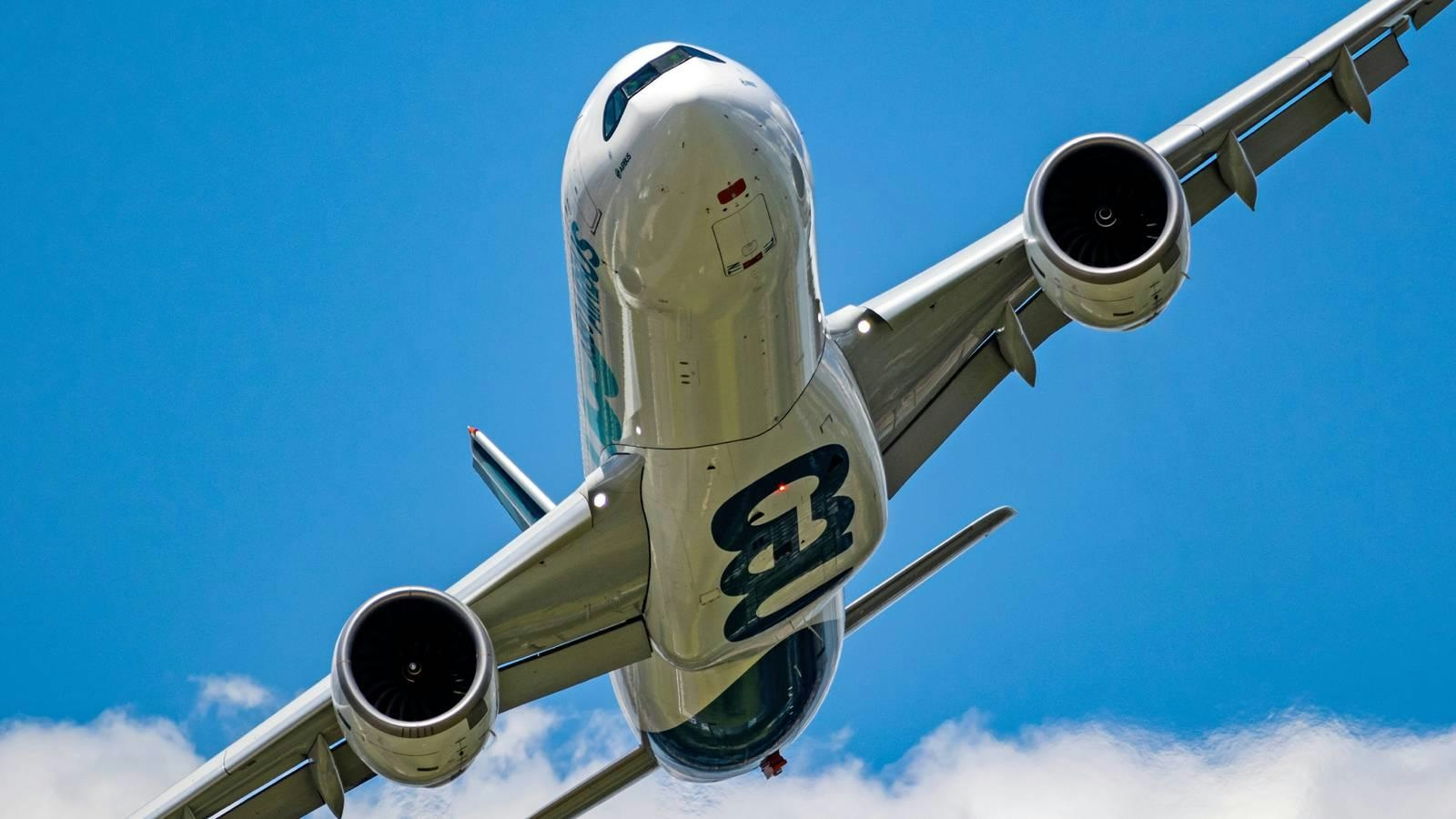
AeroGenie - مساعد الطيار الذكي الخاص بك.
الرائج الآن
Categories
Why Airlines Are Choosing LEAP Engines in 2025
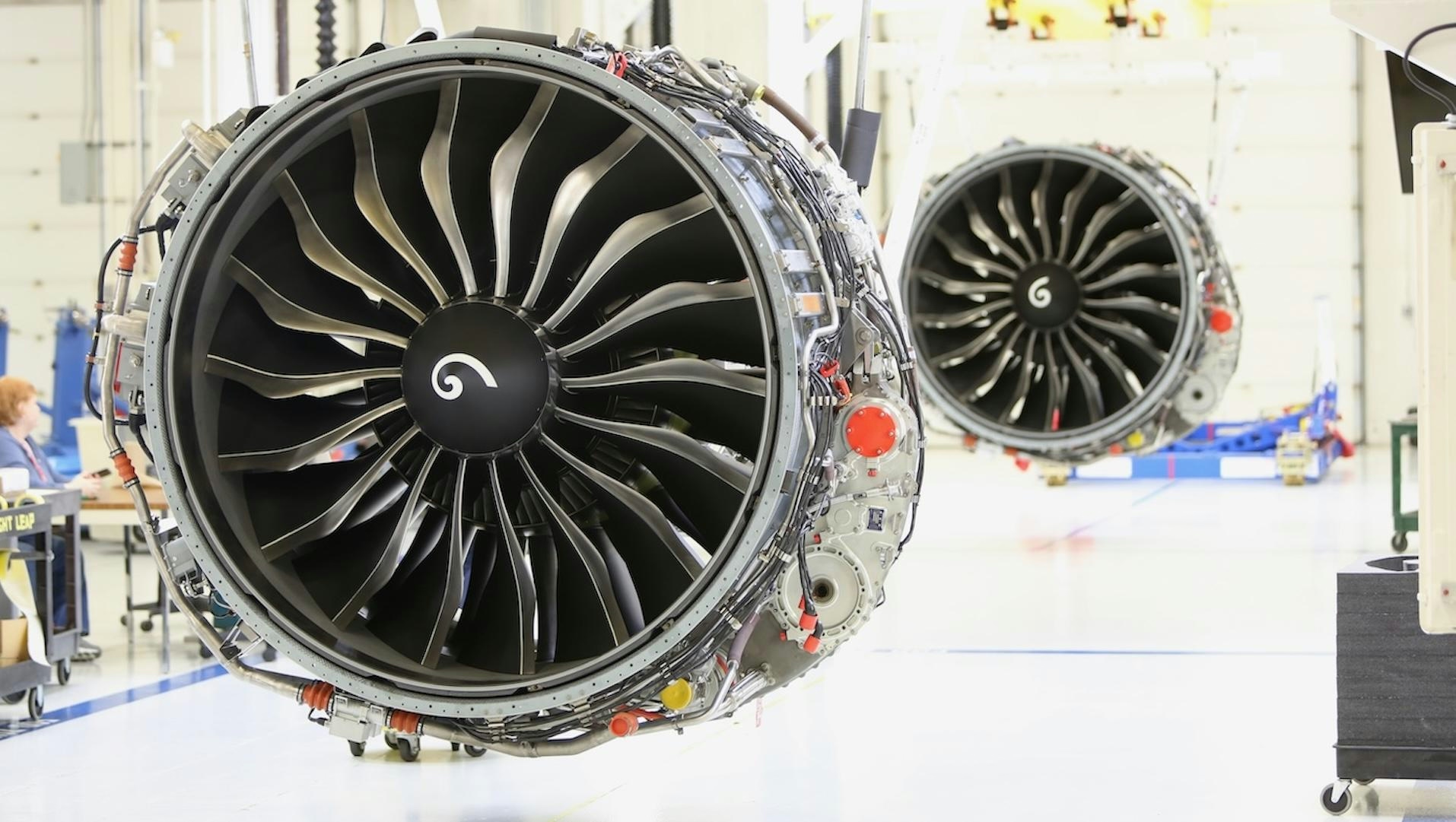
Why Airlines Are Choosing LEAP Engines in 2025
Engine Durability and Operational Challenges
Time on wing (TOW)—the duration an engine remains in service before requiring major maintenance—is a crucial factor for airlines, directly influencing operational costs and fleet availability. This metric varies significantly depending on the operating environment. Engines deployed in cooler, low-dust regions tend to have longer service lives, whereas those operating in hot, dusty climates, such as the Middle East, experience accelerated wear, particularly in hot-section components like turbines.
The Pratt & Whitney PW1000G (GTF) and CFM International LEAP engines, both introduced around 2016–2017 for aircraft families including the A320neo, 737 MAX, A220, and E2, initially faced challenges in matching the durability of the legacy CFM56 engine. The CFM56 had matured to an average TOW of 18,000–20,000 cycles, roughly nine years of service. Although the newer engines offer improved fuel efficiency, their operation at higher temperatures and pressures has led to early durability issues.
Advances in LEAP Engine Reliability
By late 2025, both manufacturers have implemented hardware upgrades to address these durability concerns. The LEAP engine, in particular, has benefited from significant enhancements. High-Pressure Turbine (HPT) durability kits, certified between 2024 and 2025, featuring redesigned blades and nozzles, have become standard on all new and overhauled LEAP engines. Additionally, the introduction of the Reverse Bleed System (RBS) has eliminated the need for mid-cycle fuel nozzle replacements. These improvements have been widely adopted, with over half of the LEAP fleet upgraded by 2025. CFM International reports that LEAP engines now achieve TOW comparable to the CFM56 and are demonstrating faster maturation.
In contrast, Pratt & Whitney’s GTF engines continue to face persistent durability and recall challenges, especially in harsh operating environments. While the GTF’s geared architecture delivers notable fuel efficiency gains, these advantages have often been overshadowed by reliability concerns. Pratt & Whitney plans to introduce the Hot Section Plus (HS+) retrofit between 2025 and 2026, alongside the GTF Advantage upgrade, certified in 2025 and entering service in 2026, which are expected to nearly double TOW in demanding conditions. However, the current fleet remains affected by recalls, and the brand’s reputation has been impacted, leading many airlines to approach further adoption with caution.
Market Impact and Industry Response
Market trends reflect these technical realities. As of November 2025, LEAP engines power approximately 75 percent of A320neo orders, driven largely by their superior early reliability and more rapid resolution of hot-section issues. Airlines are also attracted to the LEAP’s fuel efficiency and lower emissions profile, factors underscored by Riyadh Air’s recent order for 120 LEAP-1A engines to equip its 60 Airbus A321neo aircraft.
The commercial implications are significant. GE Aerospace, co-producer of the LEAP engine, has seen its stock approach record highs, buoyed by engine contract wins and upward revisions to financial guidance. CFM International is actively negotiating with Airbus to increase LEAP-1A deliveries in support of ambitious production targets, while Safran, CFM’s partner, has announced the establishment of a new assembly line in Casablanca to meet growing demand. Meanwhile, Pratt & Whitney is engaged in discussions with Airbus to address increased production requirements but faces considerable challenges in regaining market share.
As airlines continue to prioritize reliability, operational efficiency, and emissions reductions, the LEAP engine has emerged as the preferred choice for single-aisle fleets in 2025. Although forthcoming GTF upgrades may narrow the performance gap from 2026 onward, recent reliability issues have left many carriers hesitant. For the time being, the LEAP’s combination of enhanced durability, efficiency, and proactive manufacturer support is driving its market dominance.
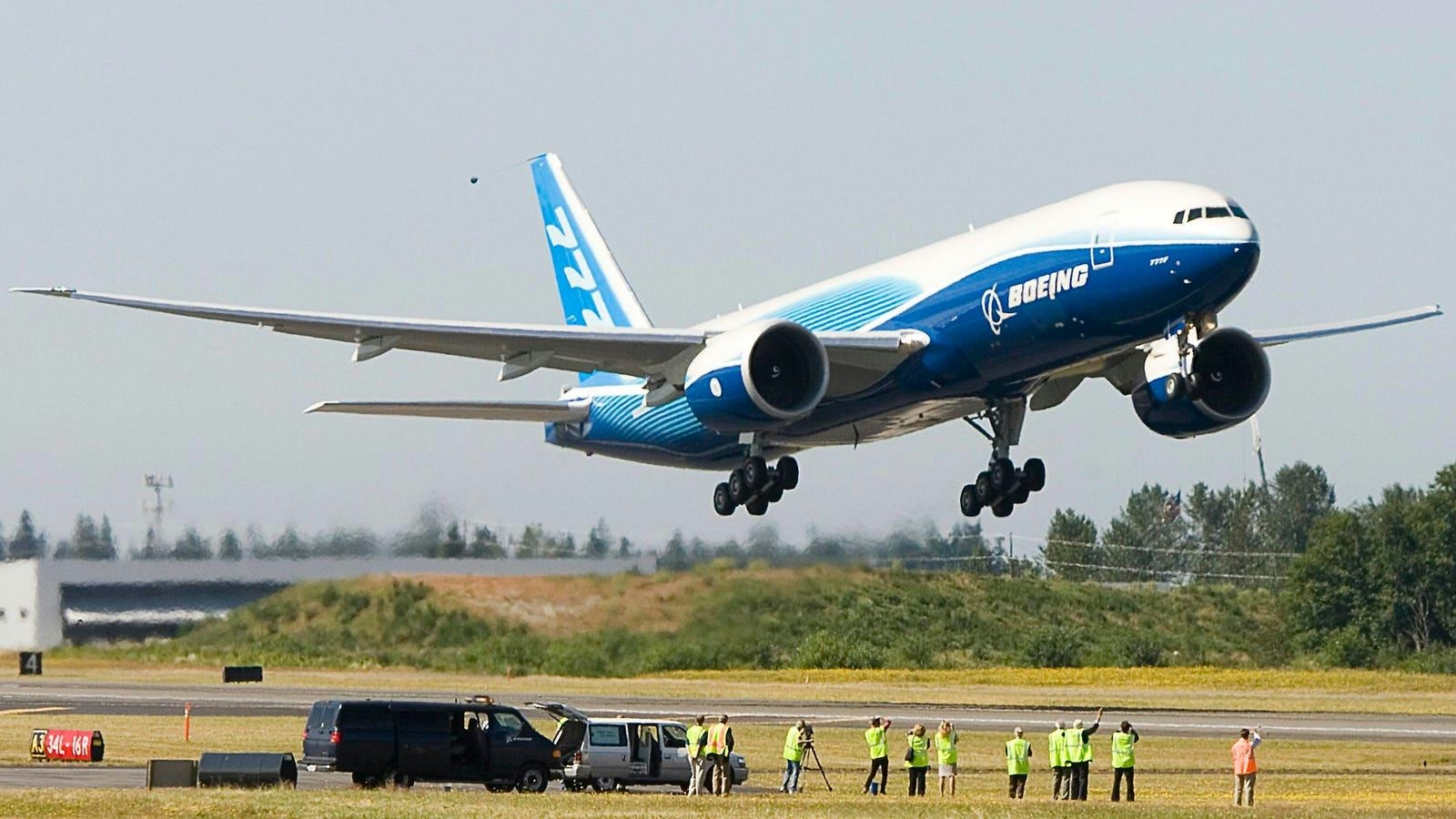
New Aircraft to Succeed the Boeing 777-200LR
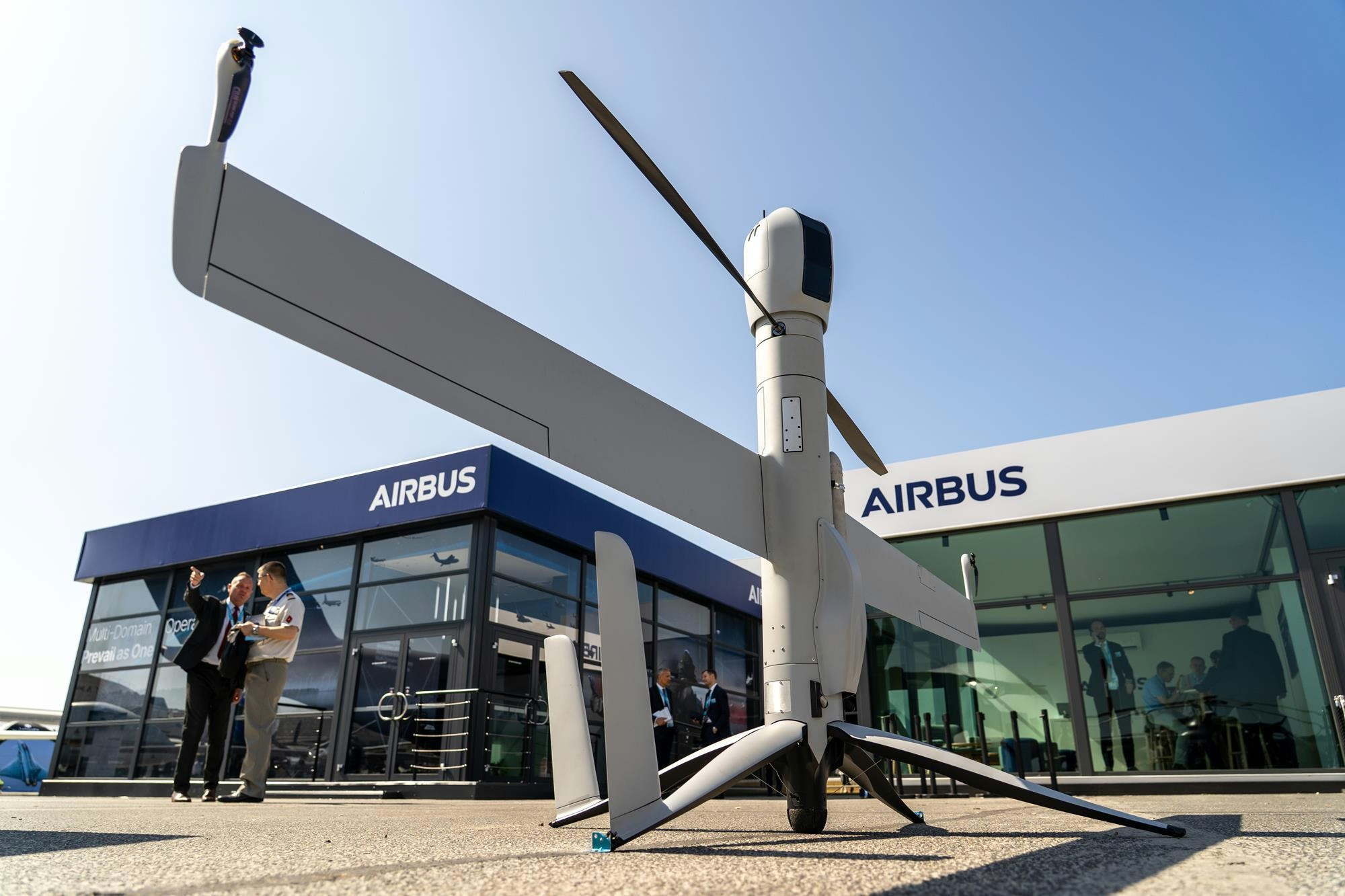
Uzbekistan Becomes First in Central Asia to Order Airbus Flexrotor Drones
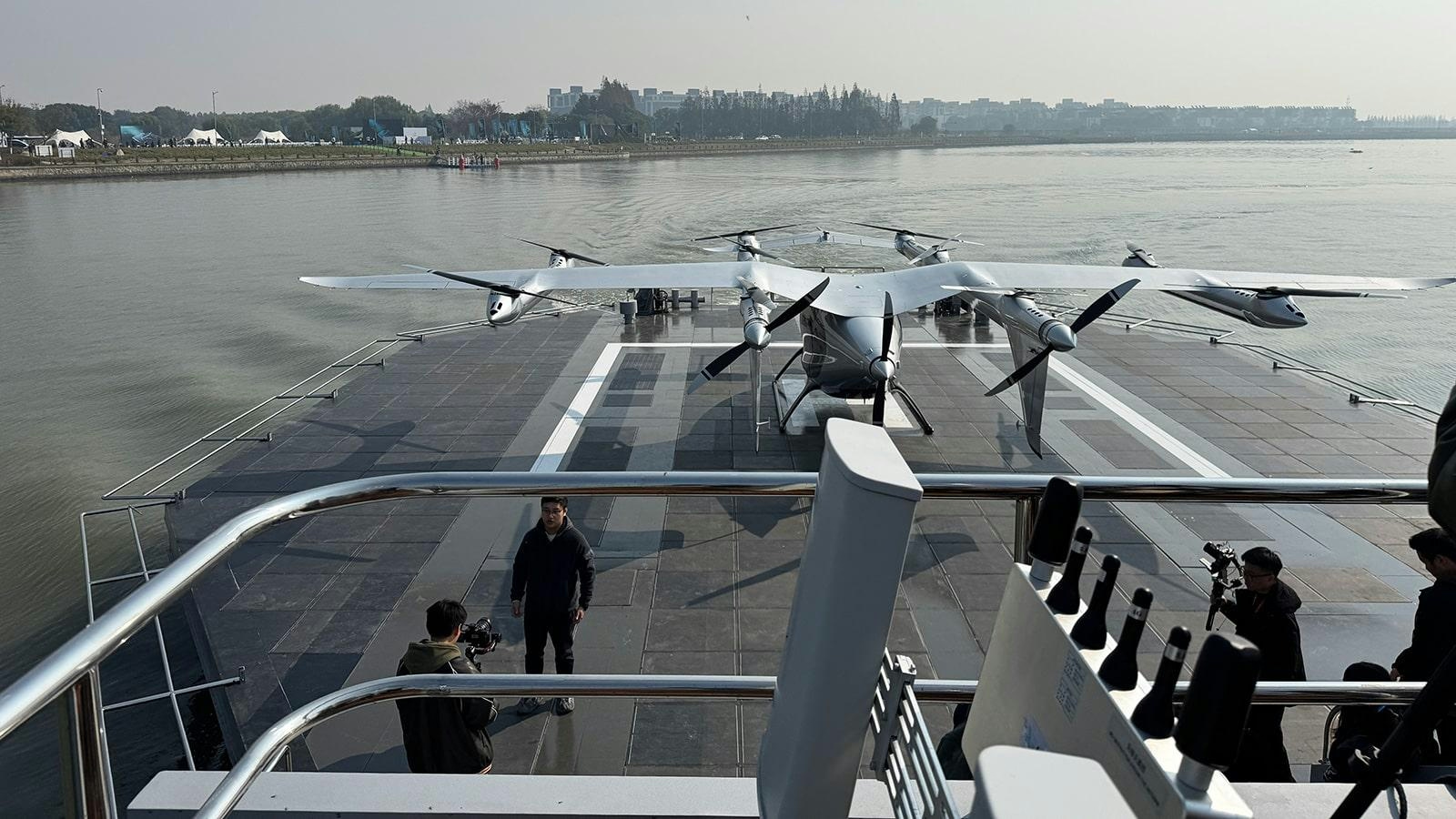
AutoFlight Unveils Zero-Carbon eVTOL Water Vertiport

SmallRig Partners with Photographer Chen Cheng to Advance Aerial Imaging

Aviation Lease Rates Hit Record High
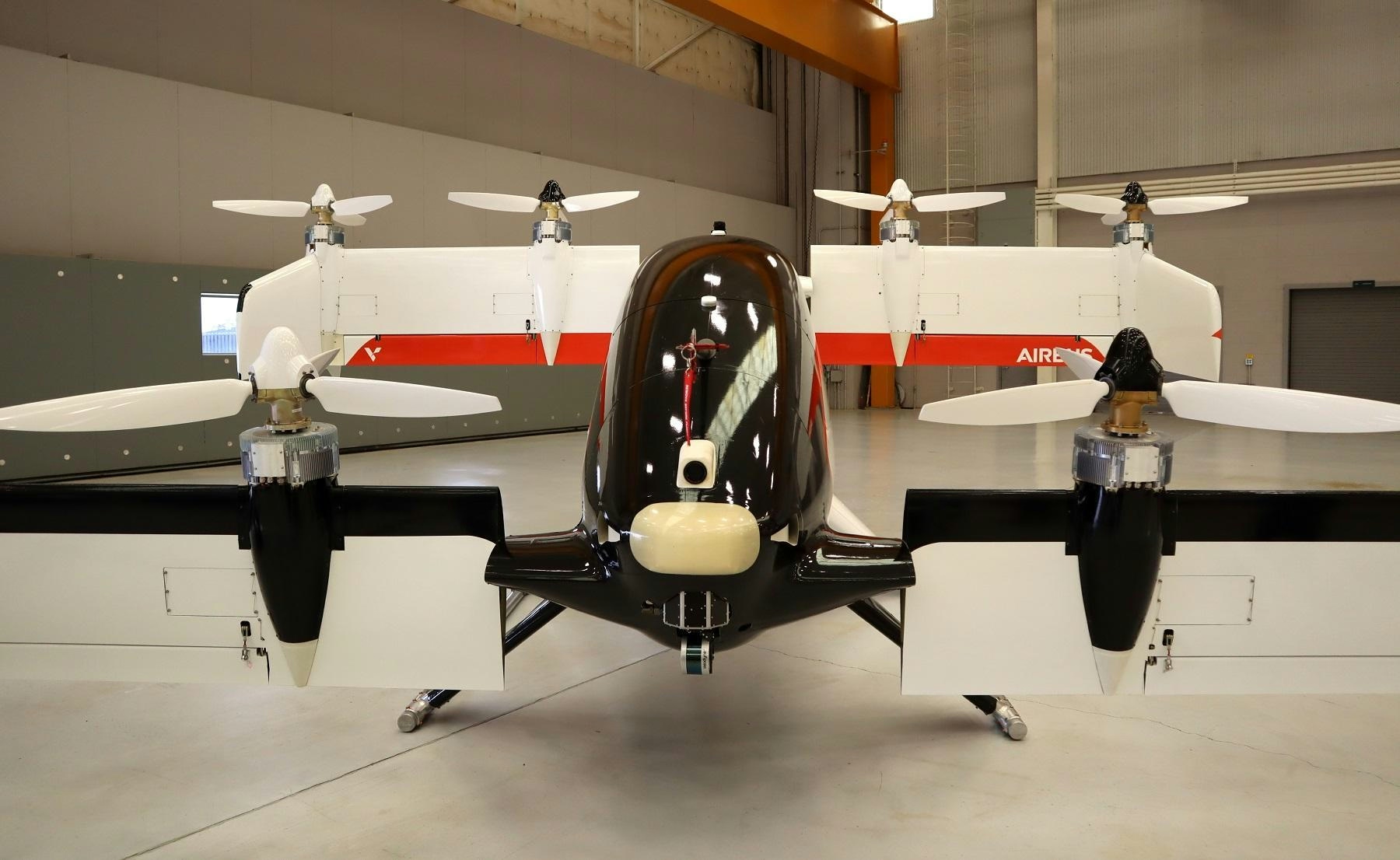
Inside a Four-Seater Flying Taxi Designed for Future Pilotless Flights
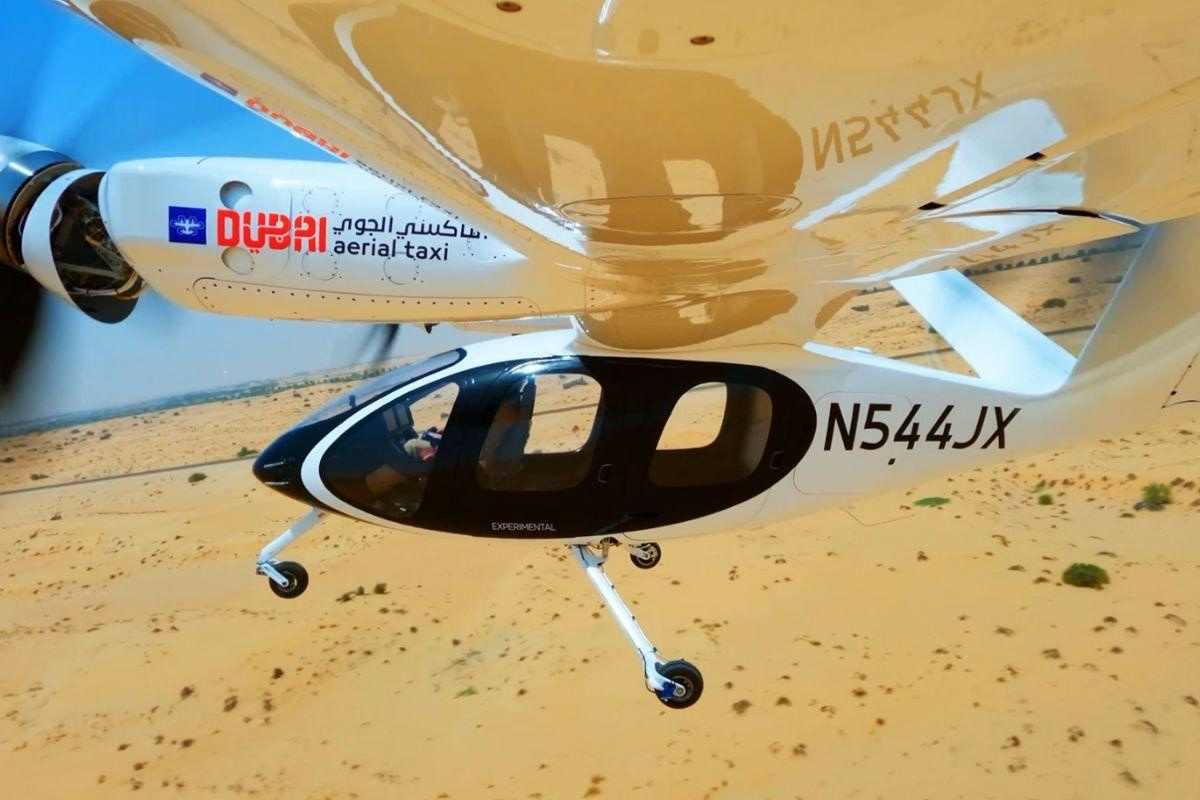
Dubai Prioritizes Public Safety Ahead of 2026 Air Taxi Launch
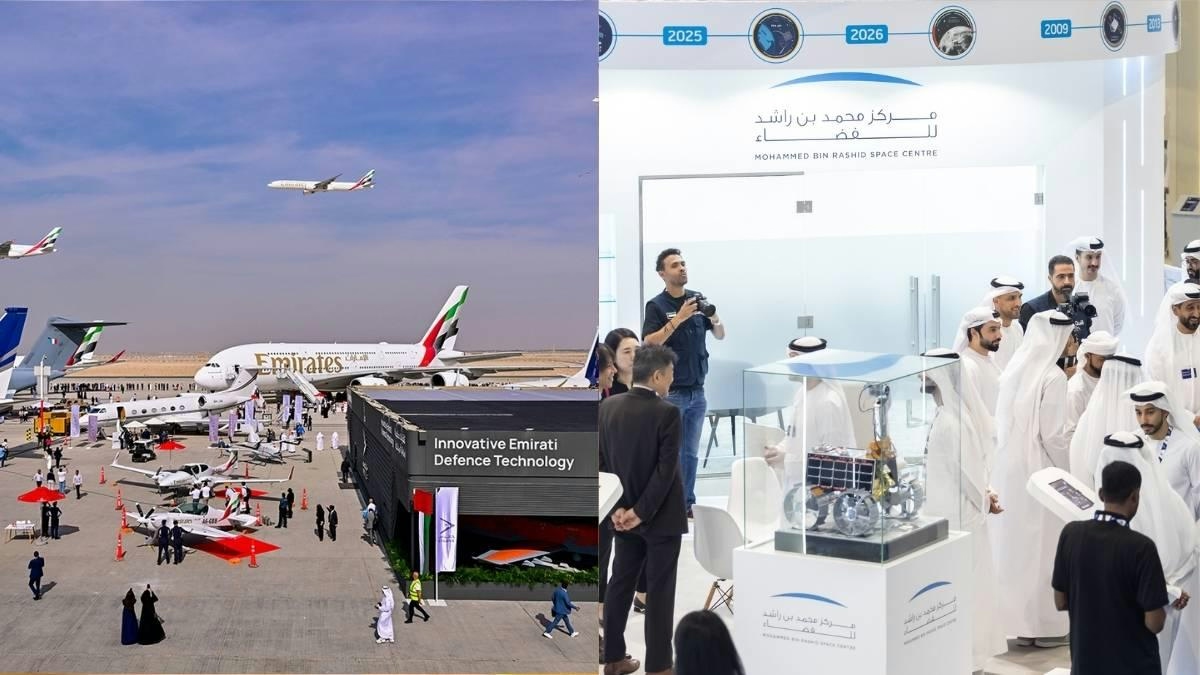
Emirates Airlines Unveils Major Initiatives at Dubai Airshow
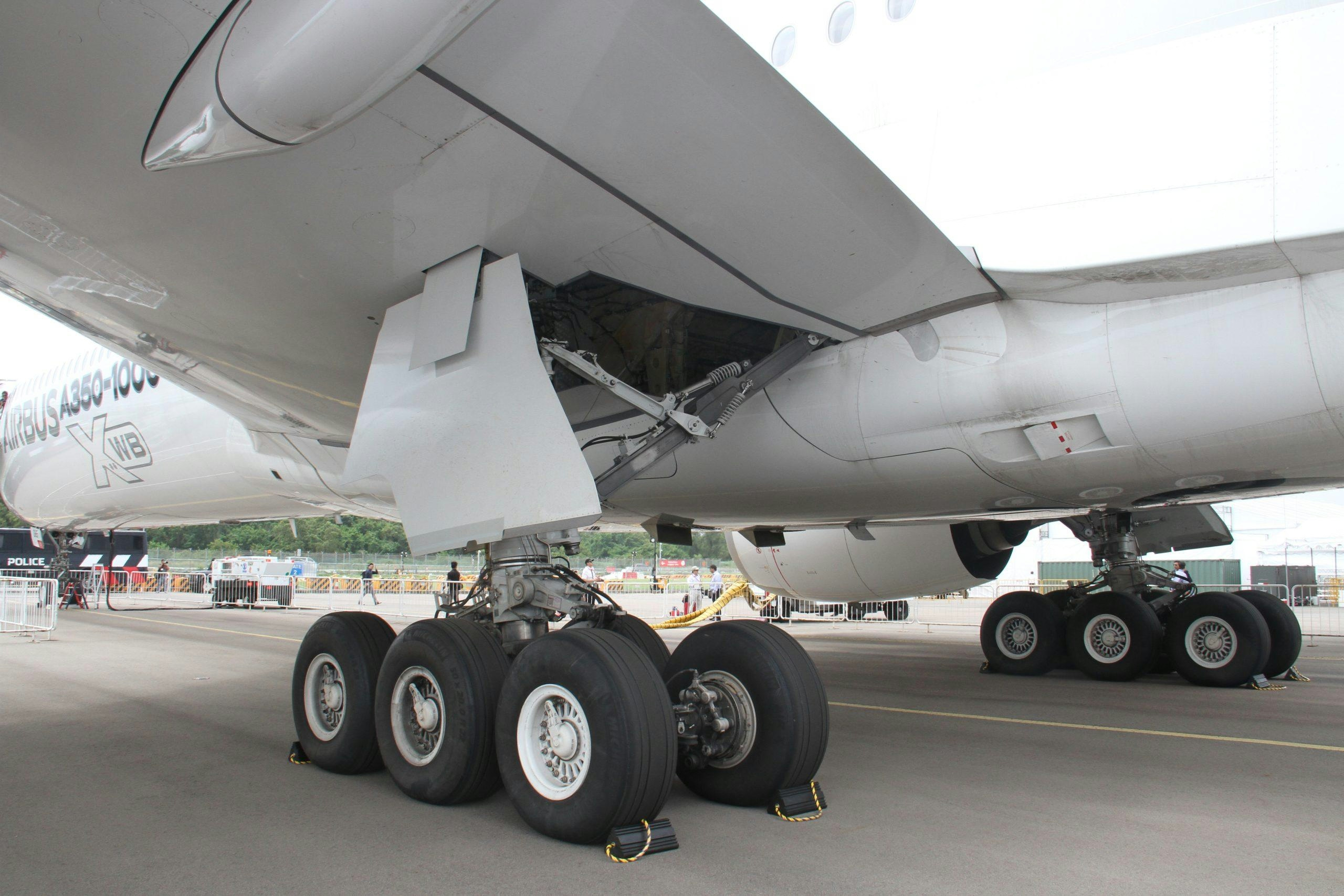
Why Airbus Markets the A350 as a Long-Range Leader
